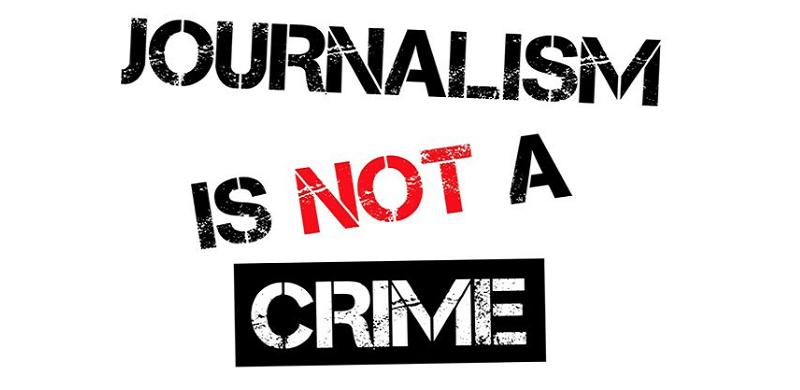
The Pakistan Press Freedom Report for 2019-20, titled “Murders, Harassment and Assault: The Tough Wages of Journalism in Pakistan”, makes for depressing reading. It cites over 92 outrageous violations of journalists' rights as they try to do their jobs. The most common form of intimidation (in 25 % of the cases) appears to be warnings of violence including threats of murder – which was made good upon in 11 assassination attempts. 7 of these resulted in the deaths of journalists.
Pakistan has been ranking appallingly high in a number of international assessments of risks to journalists, as well as assessments of the level of censorship. The current report at hand goes the to the root of the problem by presenting two damning facts.
First, it points out that the federal capital is the riskiest area for journalists – with 34% of the cases of violence recorded in the report occurring in Islamabad. If journalists are in such great peril in the most secure region of the country, and moreover at a time when authorities have been trumpeting their successes in improving the security situation across Pakistan, it becomes shamefully obvious as to who is targeting the media.
Second, if the above were not enough of an indictment, the report indicates that in 42% of the cases, the violence or threat thereof emanated from state authorities.
It has often been pointed out that such an atmosphere of terror for journalists who dare to think differently is not compatible with democracy or the interests of the country.
In view of this report, it becomes important to add that the atmosphere of coercion against journalists is created by the Pakistani state itself. In such a situation, a great share of culpability lies with the authorities even in cases where the source of the violence is a non-state actor. After all, if media professionals are fair game as far as the authorities are concerned, just how seriously would they investigate even those crimes in which officials are not involved?
Pakistan has been ranking appallingly high in a number of international assessments of risks to journalists, as well as assessments of the level of censorship. The current report at hand goes the to the root of the problem by presenting two damning facts.
First, it points out that the federal capital is the riskiest area for journalists – with 34% of the cases of violence recorded in the report occurring in Islamabad. If journalists are in such great peril in the most secure region of the country, and moreover at a time when authorities have been trumpeting their successes in improving the security situation across Pakistan, it becomes shamefully obvious as to who is targeting the media.
Second, if the above were not enough of an indictment, the report indicates that in 42% of the cases, the violence or threat thereof emanated from state authorities.
It has often been pointed out that such an atmosphere of terror for journalists who dare to think differently is not compatible with democracy or the interests of the country.
In view of this report, it becomes important to add that the atmosphere of coercion against journalists is created by the Pakistani state itself. In such a situation, a great share of culpability lies with the authorities even in cases where the source of the violence is a non-state actor. After all, if media professionals are fair game as far as the authorities are concerned, just how seriously would they investigate even those crimes in which officials are not involved?
